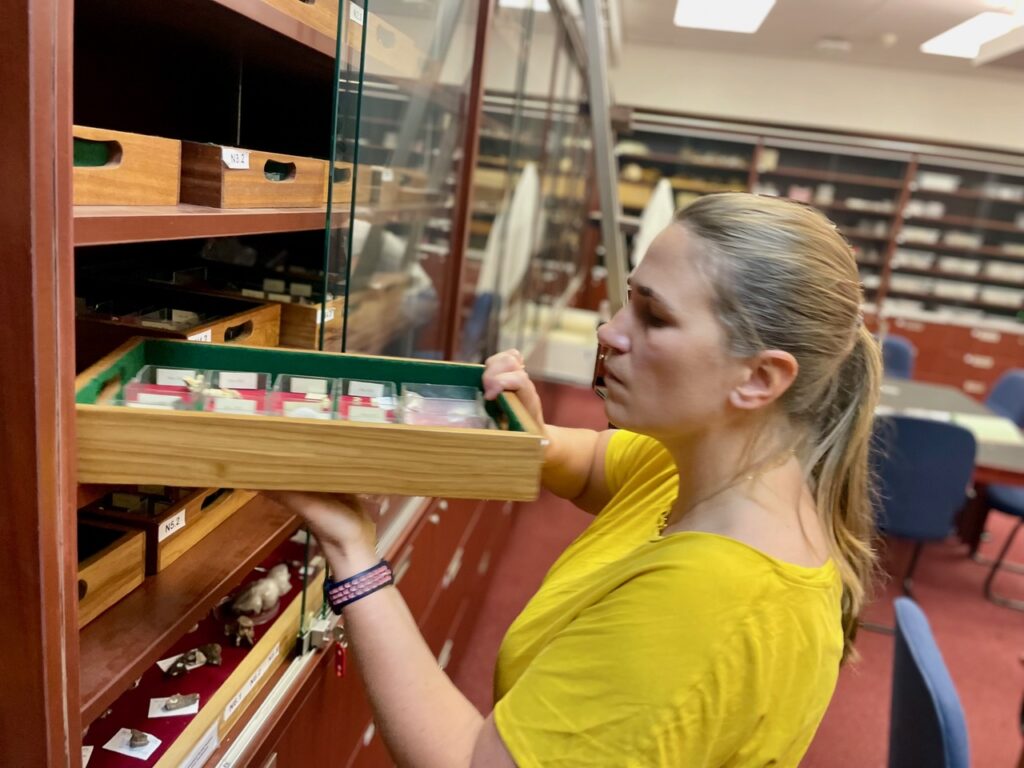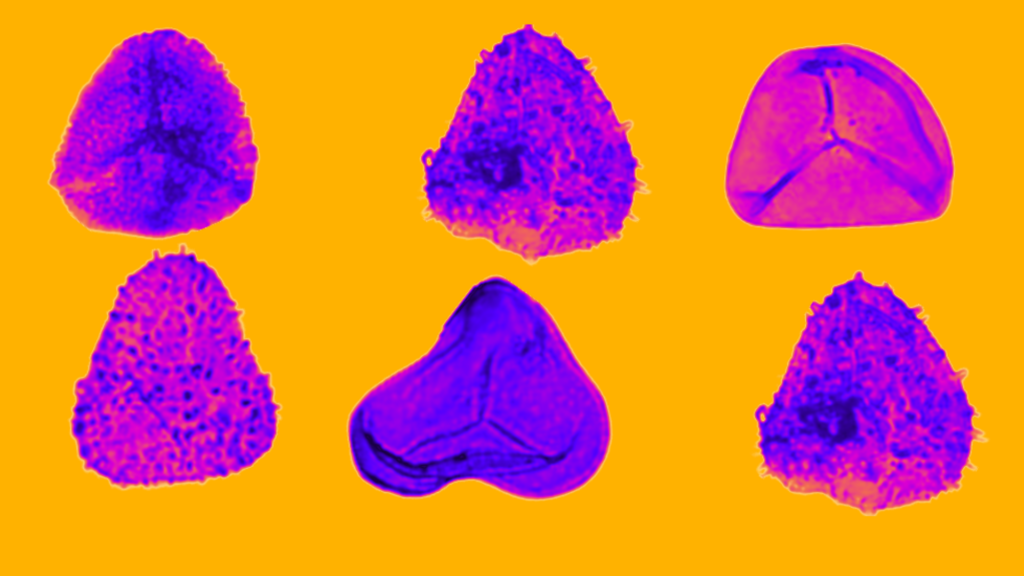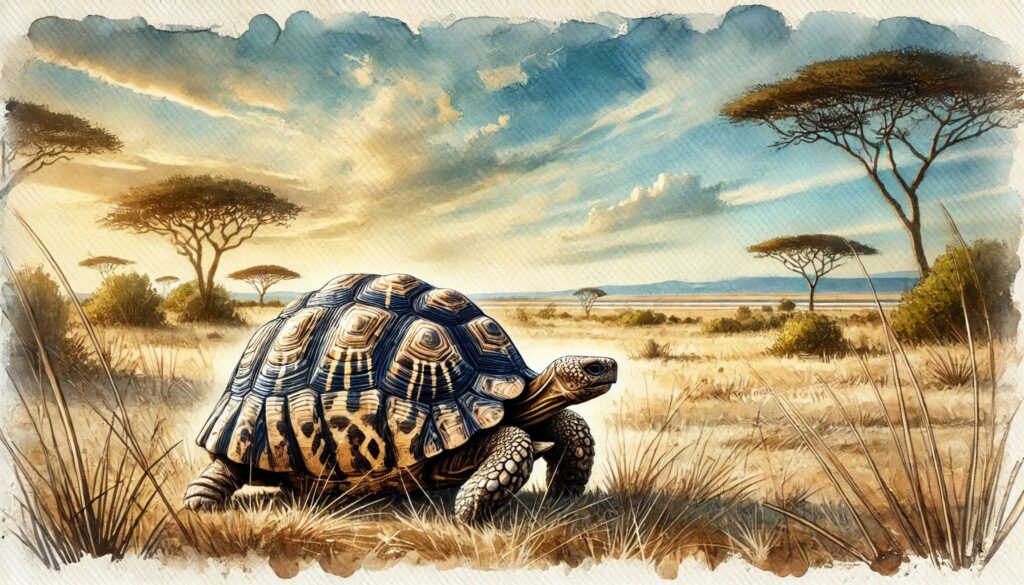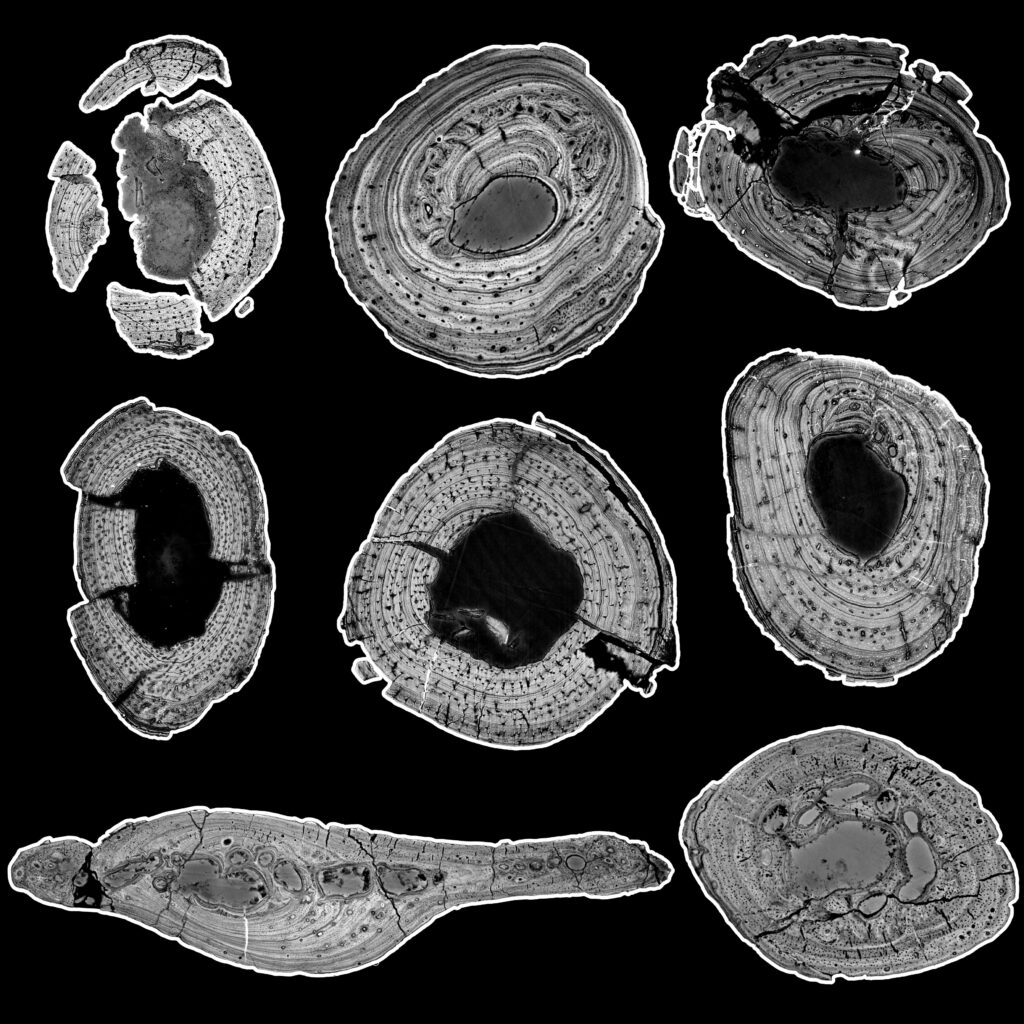New Press Release: The Last of the Sabre-toothed Mammal Ancestors
New study reveals the discovery of a sabre-toothed top predator in South Africa
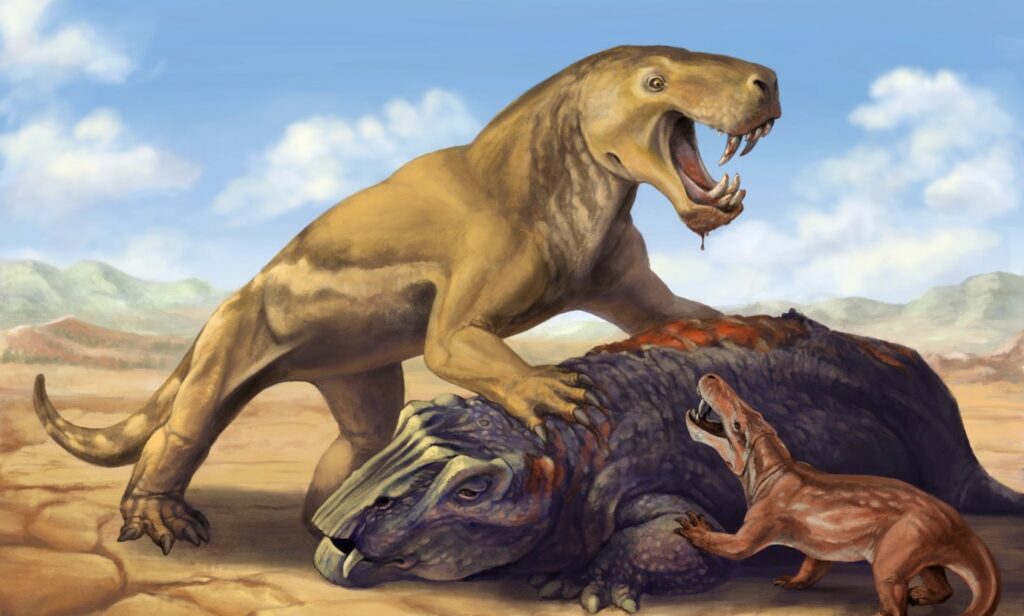
Reconstruction of the giant Inostrancevia africana, the latest surviving gorgonopsian in South Africa, eating its kill, a Lystrosaurus herbivore, by far outweighing the smaller gorgonopsian Cyonosaurus. Art by Matt Celeskey.
A groundbreaking discovery in South Africa has unveiled a new top predator species that lived 252 million years ago and went extinct during the catastrophic Permian-Triassic mass extinction. This finding sheds light on the dramatic events that occurred during this pivotal moment in Earth’s history, providing valuable insights into ancient ecosystems and the vulnerability of large predators.
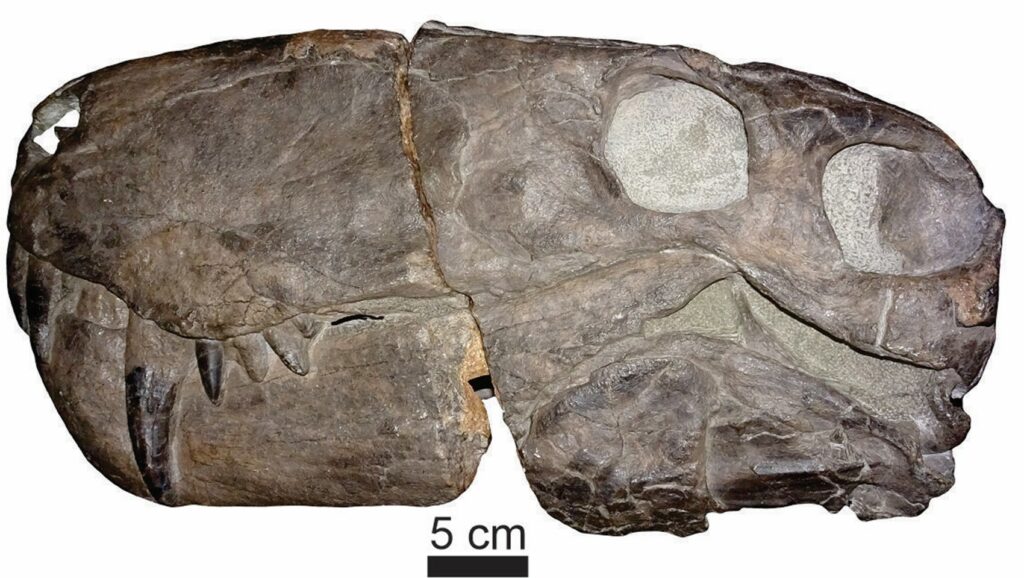
The newly unearthed species, named Inostrancevia africana, belonged to a group of sabre-toothed protomammals called gorgonopsians. Contrary to previous belief, these apex predators managed to survive until the mass extinction event, challenging the assumption that they disappeared well before this catastrophic event. Inostrancevia africana, similar to its Russian relative Inostrancevia alexandri, claimed the role of top predator in the region for a brief period.
“Apex predators in modern environments tend to show high extinction risk and tend to be among the first species that are locally extirpated due to human-mediated activities such as hunting or habitat destruction,” said lead author Christian Kammerer, Research Curator in Paleontology at the North Carolina Museum of Natural Sciences. “Think about wolves in Europe or tigers in Asia, species which tend to be slow to reproduce and grow and require large geographic areas to roam and hunt prey, and which are now absent from most of their historic ranges. We should expect that ancient apex predators would have had similar vulnerabilities and would be among the species that first go extinct during mass extinction events.”
However, fossils belonging to a new species of gorgonopsian were recently discovered in the South African Karoo Basin by co-author Jennifer Botha and her team, who is currently the Director of GENUS Centre of Excellence in Palaeosciences and a professor at the Evolutionary Studies Institute, University of the Witwatersrand, Johannesburg, South Africa. The new species, Inostrancevia africana, is remarkably similar to a Russian gorgonopsian known as Inostrancevia alexandri. Although all gorgonopsians were thought to have gone extinct by this stage, the new discovery shows that the open niche of top predators was taken by Inostrancevia, even if for a moment.
“These lion-sized carnivores turned out to be canaries in the coal mine for the Permo-Triassic mass extinction,” says Pia Viglietti, Research Scientist and co-author at the Field Museum of Natural History in Chicago.
The reign of Inostrancevia in Africa was short-lived; relatively soon after its arrival, it went extinct and was itself replaced as a top predator by other groups of land vertebrates in rapid succession. This turnover demonstrates ecosystems’ dynamic nature during mass extinction periods, where new species quickly rise to prominence only to be replaced.
Current evidence suggests that the primary driver of the extinction was global warming, ocean acidification, and habitat loss because of massive volcanic activity. “Given our problems with global warming and biodiversity loss today, these studies are important because the consequences of severe environmental change, such as global warming, can be studied and the information used to predict what we may face in the not-too-distant future,” says Jennifer Botha.
The discovery of Inostrancevia africana, a sabre-toothed predator from the Permian-Triassic mass extinction, provides significant insights into Earth’s deadliest extinction event. By examining ancient ecosystems and the vulnerability of top predators, scientists can better understand the consequences of severe environmental changes. This finding reminds us of the importance of preserving biodiversity and taking proactive measures to protect our planet from today’s threats.
Read the paper at Kammerer, C. F., P. A. Viglietti, E. Butler and J. Botha. 2023. Rapid turnover in African terrestrial faunas around the Permian-Triassic mass extinction. Current Biology. https://doi.org/10.1016/j.cub.2023.04.007
If you would like to reach out for more information about this research, please contact:
Christian Kammerer
Institution: North Carolina Museum of Natural Sciences, Raleigh, USA
Email: Christian.kammerer@naturalsciences.org
Or
Jennifer Botha
Email: Jennifer.botha1@wits.ac.za
About
Research conducted in collaboration with partners of GENUS: DSI-NRF Centre of Excellence in Palaeosciences at the Evolutionary Studies Institute, University of the Witwatersrand, Johannesburg, North Carolina Museum of Natural Sciences and The Field Museum, USA.
Funding
GENUS: DSI-NRF Centre of Excellence in Palaeosciences, National Research Foundation, Palaeontological Scientific Trust.
Genus: DST-NRF Centre of Excellence in Palaeosciences
South Africa’s unique and internationally important fossil record, which includes the origins of life, fish, dinosaurs, mammals and humans, has the ability to capture the popular imagination. GENUS: DSI-NRF CoE in Palaeosciences, through its University Partners; Wits, UCT, UP and UFS and Partner Museums; Iziko, Ditsong, National and Albany, has a geographic advantage to expand this globally competitive science. Our initiative includes investing in the development of human capital to protect, preserve, promote and develop knowledge of our fossil heritage. GENUS is the hub of ground-breaking multidisciplinary research that maps the history of life on Earth through the fossil record while also exploring new fossil localities throughout Africa. Research in these fields will ensure a better understanding of our common human origins.
Department of Science and Innovation
The South African Department of Science and Innovation (DSI) has made many important contributions to South Africa’s development and continues to do so, living up to its mandate to use science and technology to improve the country’s economy, create employment and improve the quality of life of all citizens.
National Research Foundation
The National Research Foundation (NRF) of South Africa is an independent statutory body set up in accordance with the National Research Foundation Act. Its mandate is to support and promote research through funding, human resource development and the provision of research facilities in order to facilitate the creation of knowledge, innovation and development in all fields of science and technology, including indigenous knowledge, and thereby contribute to the improvement of the quality of life of all South Africans.
